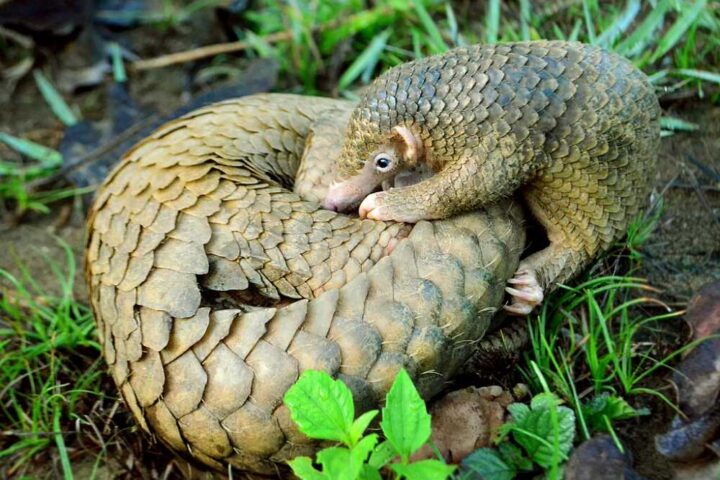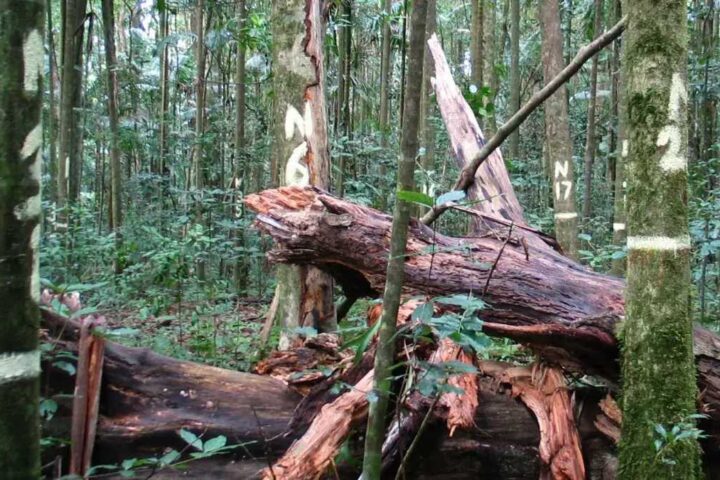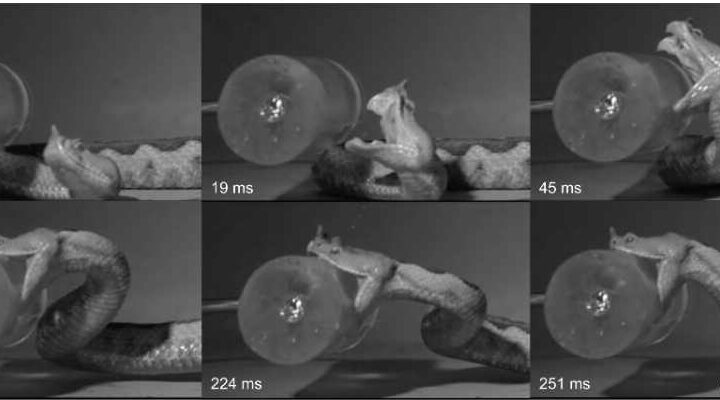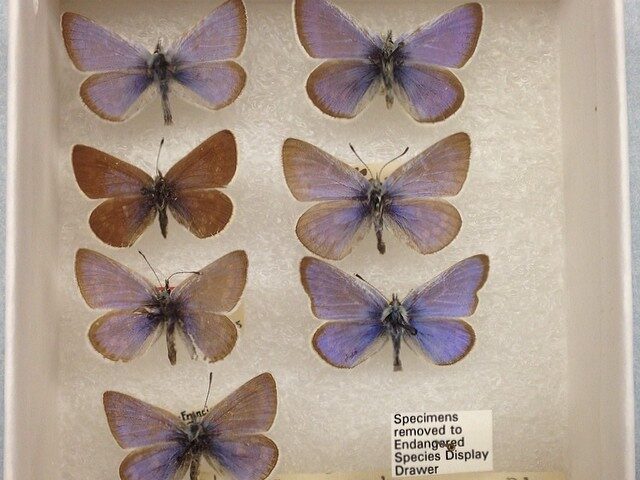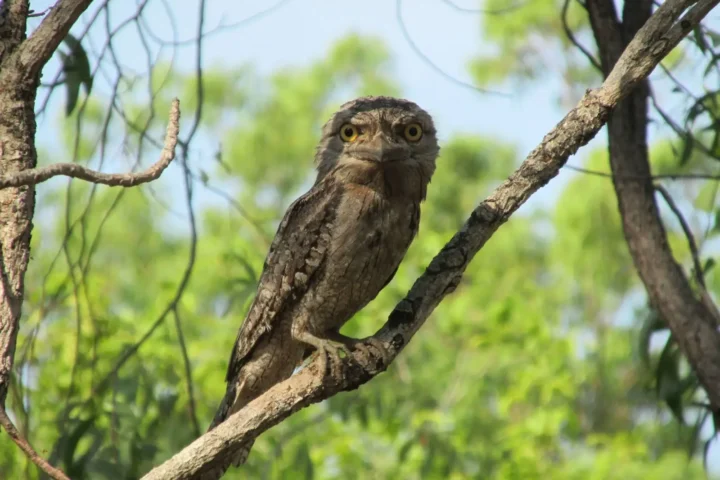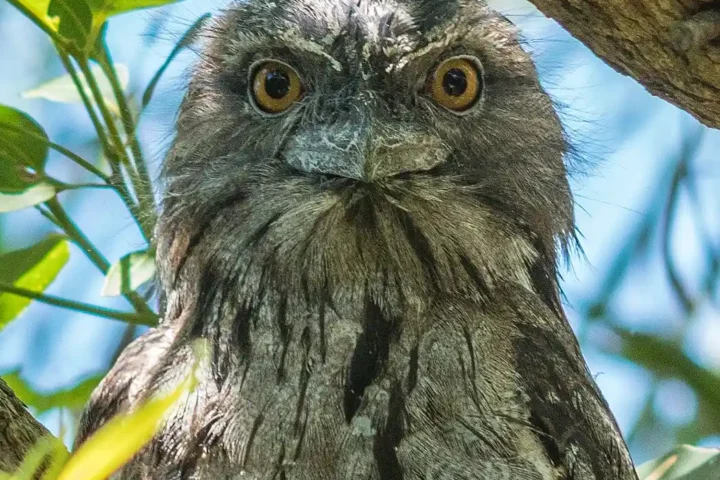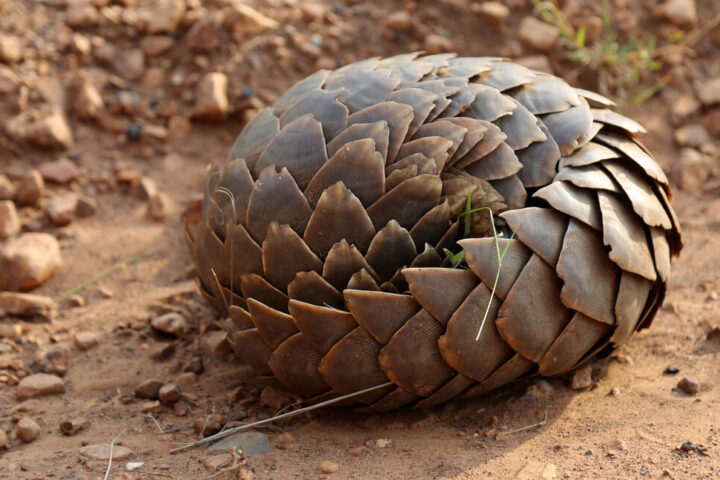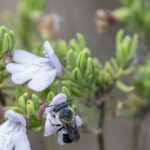Fairy Lantern has been rediscovered all thanks to conservation efforts. After 30 years of being thought extinct, a rare species of plant called Thismia kobensis, also known as the fairy lantern, has been rediscovered in Sanda City, a little under 20 miles from Kobe City, Japan where it was first discovered in 1992. The plant is a part of the Thismia genus, which lacks green leaves and photosynthesis, and instead feeds on fungi and is supported by trees.
The discovery of T. kobensis has illuminated the natural history of the genus in new ways. It has shed light on the biogeography and evolutionary history of the entire group of fairy lanterns. The study has also suggested that the sporadic distribution of Thismia americana, the only species of fairy lantern known to exist in North America, may be due to migration through the Beringia land bridge.
The rediscovery of T. kobensis may also help with conservation efforts, as logging has nearly destroyed the forested areas where the plant was found. The discovery could spur local efforts to secure official protection for these areas and other Thismia species, which are small and unnoticeable but considered one of the most extraordinary and curious genera in the plant kingdom due to their peculiar look and ways of survival.
Similar Posts
The needs of each plant in the Thismia genus are so particular that many of them can only be learned from the site of their original discovery, and occasionally even from a single plant. The recent rediscovery of T. kobensis highlights the importance of preserving and protecting natural habitats to ensure the survival of rare and endangered plant species.








